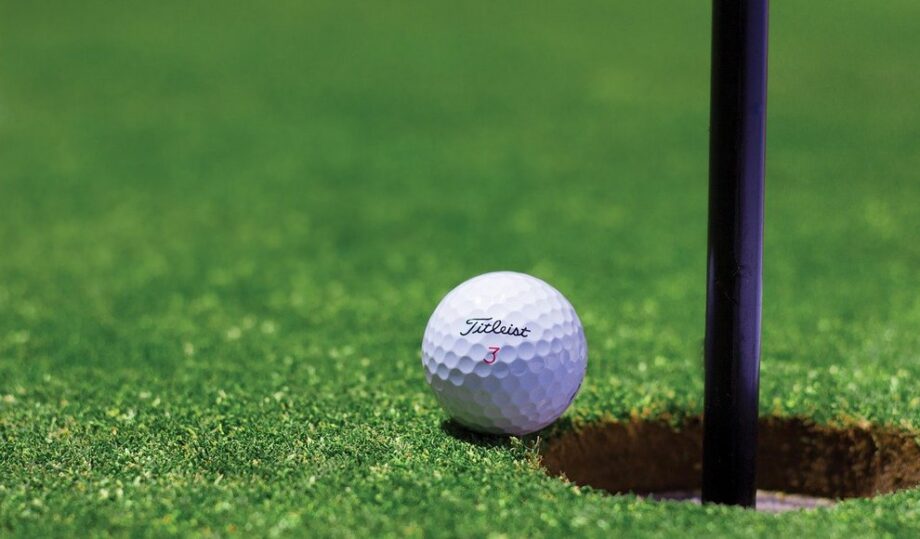A report about how golf is trying to become a part of the Olympic family, and the Olympic family is trying to understand why it needs a new aristocrat relative.
DEFENSELESS STARS
Security here at the Games isn’t too tight. But even for an always-relaxed Brazil, what goes on in this facility is out of whack. Even the scanner, through which all the luggage of television and press normally passes, is not working. The course, on which the world’s million-dollar golf stars perform, is easily accessed after a very conventional backpack inspection. If you want you can carry anything you like, even a medium-sized bomb – the security guards won’t notice. Although, taking into account the specifics of the competition, a folding lounge chair would be much more useful here.
Welcome to golf, the most unusual of all Olympic sports!
When the editorial office informed us that it would like a report from the competition, which after 112 years returned to the programme of the Games, the journalist’s soul, exhausted from the disorder of local life, rejoiced. The imagination pictured a cozy country club, well-groomed green fields, a shady recreation area, waitresses with full glasses of champagne. Okay, we could even do it without champagne… But in fact it turned out quite differently. Charlie’s aunt from the movies would have added “Brazilian style” at that point.
The Olympic Golf Center is a new neighborhood, not quite finished yet. Unfinished high-rises pile up around it with crane arms sticking out. The newly excavated turf squares at the entrance to the site have been dug up. They have already faded from the scorching sun, though. Some parts of the course, or, in golfers’ terms, the green, are separated by paths covered not with gravel, as usual, but with sand. In the best case – lined with some local variety of tumbleweed. And so, crowds of fans and journalists walk, limply lifting their feet, in clouds of dust.
ABOUT THE DANGERS OF TOUCHING OTHER PEOPLE’S PROPERTY
The golf course is separated from the fans’ area with a thin cord. A whole procession of people, reminiscent of a gypsy camp, moves around the course. The golfer himself, his caddie, an assistant carrying a bag of clubs, a girl carrying a sign with the player’s name and his place after the previous day’s tournament. A cameraman with a TV camera, another TV man with a microphone, several referees, a security guard. Everything is like a poem – a picture, a basket, a bag… A crowd of fans follows them in some distance. The first procession slows down, the second freezes as well. A stop, a brief meeting with the caddies, a whack of the club on the ball, a rustling sound of applause. And both processions set off again.
Following the crowd of fans, I tried to figure out how they could see the flight of the ball. It’s good to watch golf on TV, where the trajectory is indicated by special graphics. But in real life? Snap – and the ball flew somewhere in the sky. Where did it land, or did it land at all? But people are applauding, so they see something there…
While I was thinking, a ball rolled under my feet. Right on the spectators’ path, outside the fence. My first impulse was to grab this souvenir and slip it into my pocket. My second impulse was to kick it back into the field, as I usually do with a naughty soccer ball. But something stopped me. Now I understand what – it was the instinct of self-preservation. If I had given in to my instincts, a huge scandal would have been unavoidable. The country’s enemies could have even written that a Russian journalist was trying to sabotage the Olympic competition.
That’s how we looked at each other. Me at the ball. The ball looked at me. After about two minutes, some guy came running over and stuck a wire with a red flag strung on it in the sand. A minute later the TV crew and a security guard came over. Soon the rest of the convoy gathered around us. Everyone was looking at the ball with respect and even apprehension, as if they had found a grenade. The umpires pulled the sticks out of the ground with the twine that separated the field. The playing area merged with the spectators’ area.
Finally came the mistress of the ball, Swedish Nordqvist with her caddie. She looked at the crowd with a skeptical look, motioned to move aside with a gesture. The circle of people got a little wider. Snap! – and the ball went back into the sky, and both processions followed their usual route. At no Olympic rally have I ever seen an athlete closer to his business than at a golf course.

